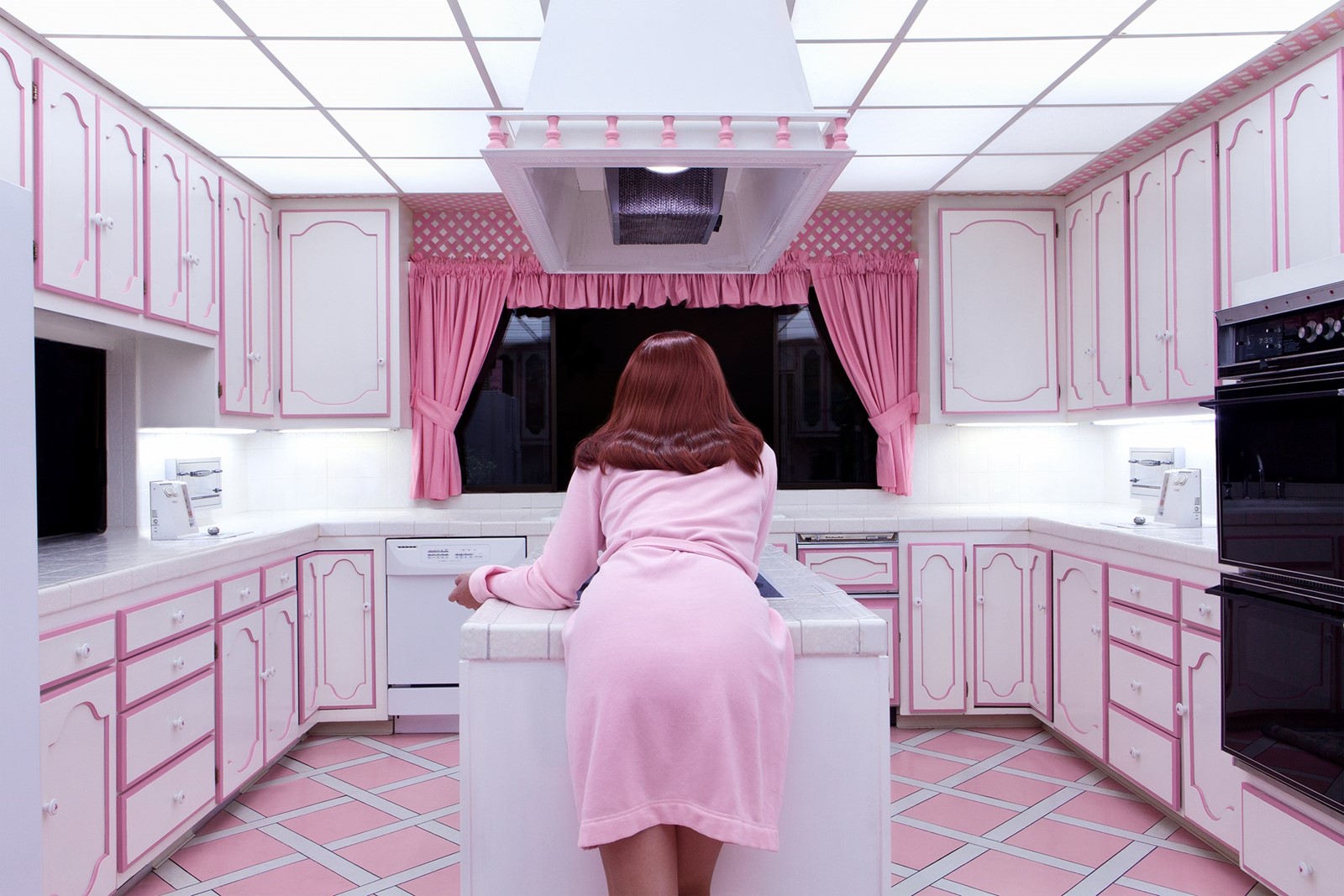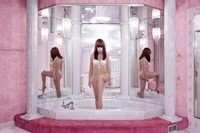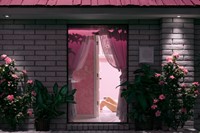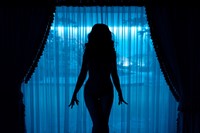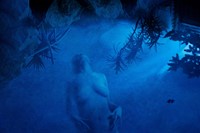What would you do if you were told you’d live forever? And where would you choose to spend it? It’s an existential conundrum most of us will have considered at least once, to varying degrees of seriousness. Perhaps most importantly, faced with the prospect, how many of us would even want to achieve immortality at all?
There is a house in Las Vegas, Nevada that was built to survive the end of the world. Concealed beneath what appears to be an ordinary, unremarkable two-storey house on a residential street, it’s a giant, luxury underground bunker. It was built in the 1960s at the height of the Cold War by Jerry Henderson, a CEO of Avon Cosmetics and his wife Mary Henderson, Hollywood hairdresser-to-the-stars. The house itself is a 1970s time capsule, with chintzy interiors, plush carpets and gold gilt fixtures aplenty. It has a subterranean swimming pool, guest house, dancefloor and four-hole golf course, and light settings that mimic the time of day outside. From the windows, you can gaze out on the ‘garden’ area, which includes fake trees, painted backdrop scenes and green ‘grass’ carpets. Mary and Jerry both passed away from natural causes in the 1980s, and the house is now owned by a secret society shrouded in mystery; only a shared interest in cryonics and the prospect of immortality is known.
Earlier this year, artist Juno Calypso spent almost three weeks at the Nevada house, making a new series and publication under the title What to Do With a Million Years. Calypso is known for her hyper-staged self-portraits, in which she styles herself amid Pantone pastel domestic settings as a character consumed by the pursuit of perfection. Her last project, The Honeymoon, saw her spend time staying alone at a couples-only honeymoon hotel in rural Pennsylvania, armed with a suitcase full of wigs and wedding lingerie. “When I made The Honeymoon,” she says, “I didn’t know where it would end up, so I was happy just being there and experimenting. This time I had a series in mind, and I worked twice as hard to make it happen.”
Calypso sets the scene for us. “You enter the house by going down an old, slow-moving escalator, and when you walk in you can hear the trickling sound of a swimming pool filter. The air is thick with the smell of chlorine, like an indoor holiday park. There are air vents constantly circulating air from above ground, but apart from that it’s just very quiet. There are four lanes of cars above you but you can’t hear a thing.” It’s a place charged with all the whirring, surreal stillness of a film set.
“You enter the house by going down an old, slow-moving escalator, and when you walk in you can hear the trickling sound of a swimming pool filter. The air is thick with the smell of chlorine, like an indoor holiday park” – Juno Calypso
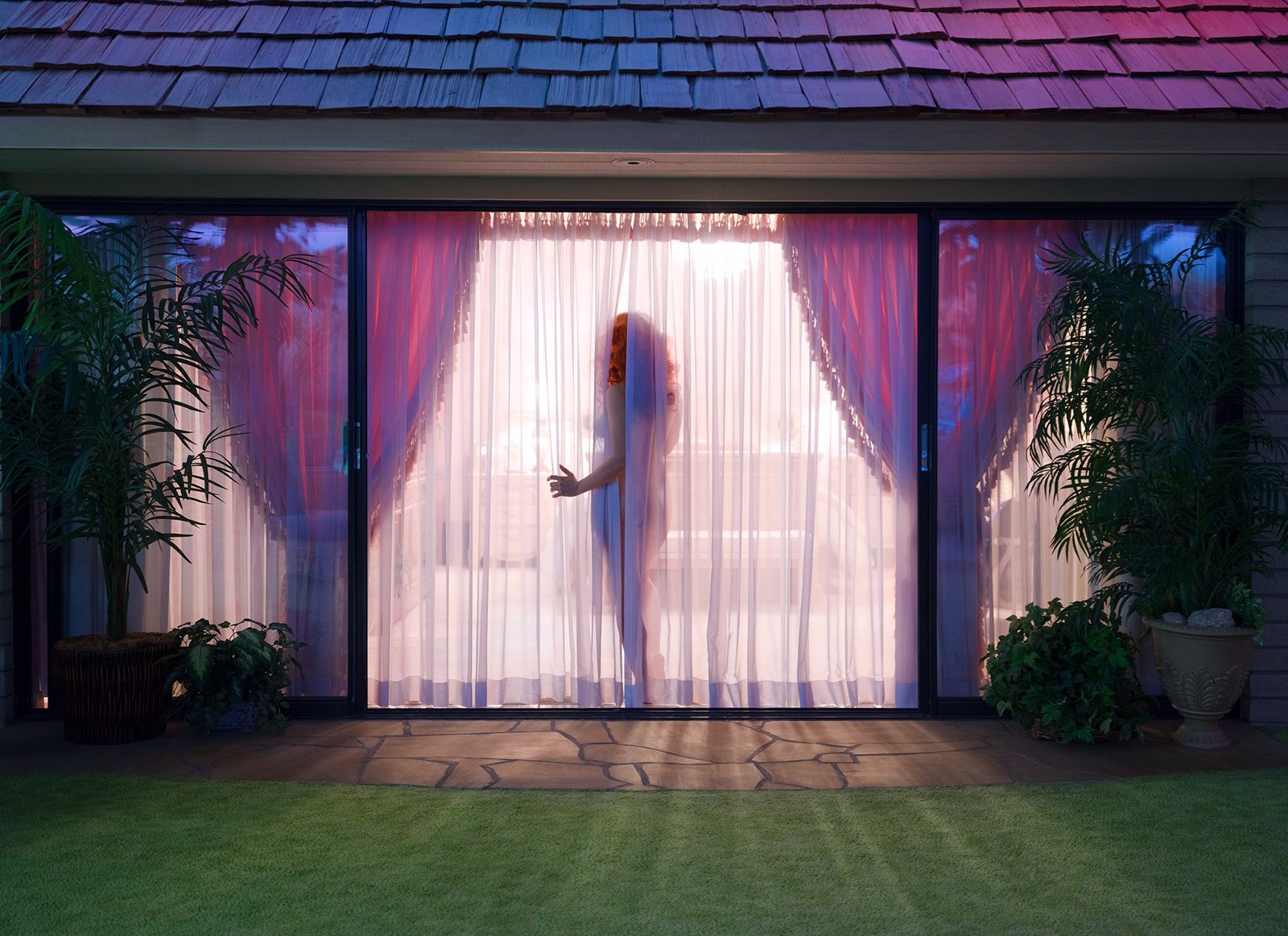
The publication – Calypso’s first – brings together the series of photographs she made, as well as collected research and archival paraphernalia that tells more of the story. She gathered material from the local public archive, which had all the press clippings and vernacular photographs of the house, and from a glass cabinet inside the house itself, which featured a display of pamphlets and magazines published by various cryonics companies.
“That was where I lost my mind,” she says. “The immortality pamphlets were something else – especially the ones published in the 60s, at the start of the movement. They had outrageous essay titles like DIE NOW, PAY LATER; HOW LONG WILL THIS ALL TAKE?; and HOW DEAD IS DEAD ENOUGH?.” They were amusing to Calypso in that she felt like the writers were letting her in on their joke. “They knew what they were doing,” she concludes wryly. The title of the publication came from one of these pamphlets, and its booklet format was based on them too. One of Calypso’s favourite parts of the book is a colour photograph she found and felt particularly drawn to. “It depicts a teenage scientist on his first body-freezing job. The female body is wrapped in silver tin foil but it’s got these beautiful pink reflections in it. That, alongside the dark green of his trousers and rubber gloves, is just perfect.”
“The immortality pamphlets were something else – especially the ones published in the 60s, at the start of the movement. They had outrageous essay titles like DIE NOW, PAY LATER; HOW LONG WILL THIS ALL TAKE?; and HOW DEAD IS DEAD ENOUGH?” – Juno Calypso
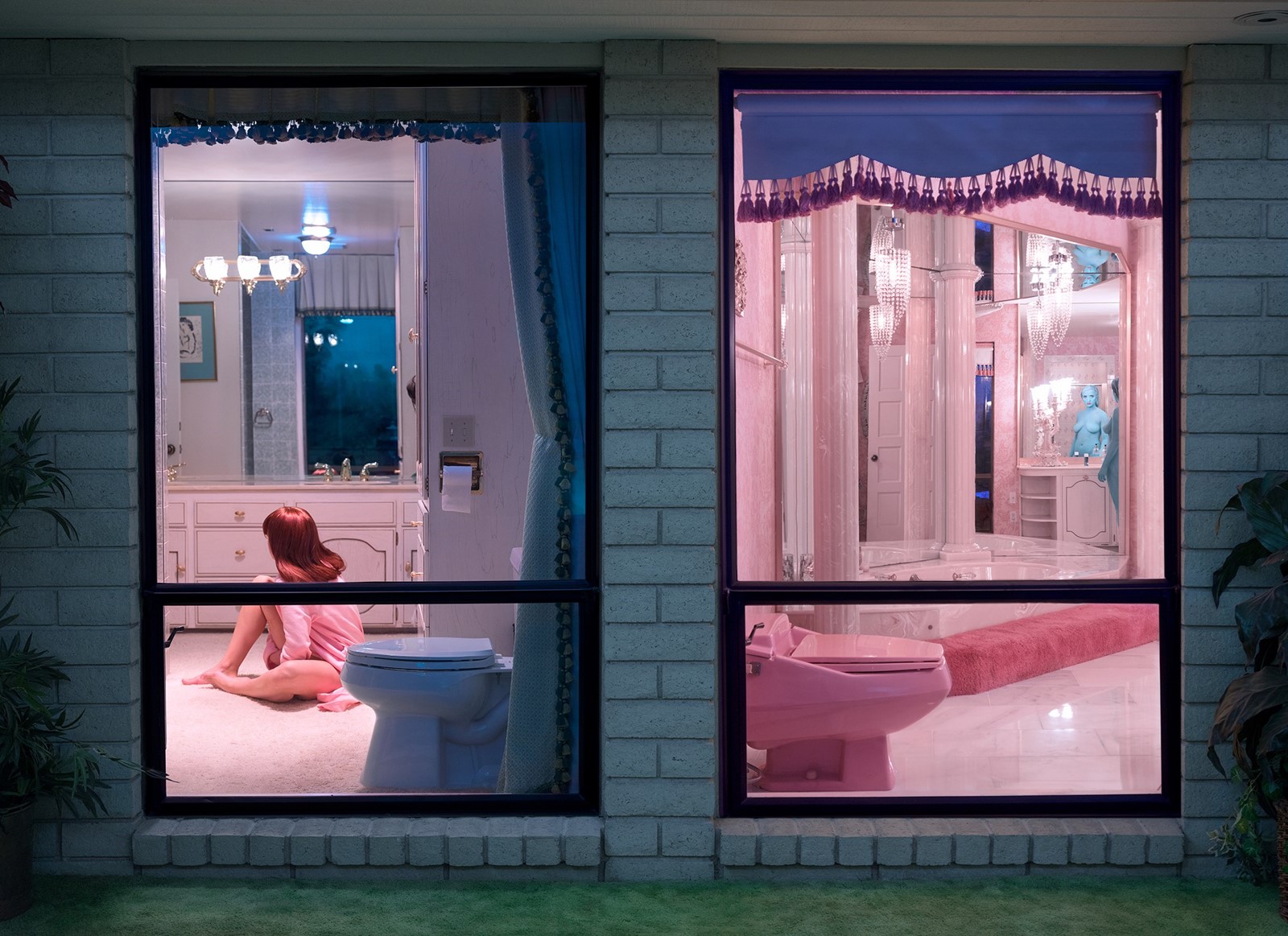
Calypso organised her stay at the Nevada house before knowing what she would find there, but upon arrival it seemed to fall into place even better than she could have hoped. In the end, she says, preservation was at the core of it all. “The preservation of the house – a house built from the profits of women wanting to preserve their youth. I’m here taking photographs – preserving time. And now here’s a group of people who want to not only preserve, but revive. That was the icing that sealed the project. It’s the ultimate form of anti-ageing. It’s anti-death. The belief in the cryogenic movement is that death is a glitch. A disease that can and should be cured. They know this cure may be a long way off, so for the time being they’re having their bodies or just their heads stored in liquid nitrogen with the hope that science will one day find a way to bring them back.” The overall aim isn’t just to come back and die again, she says. “It’s to live forever, by whatever means possible.”
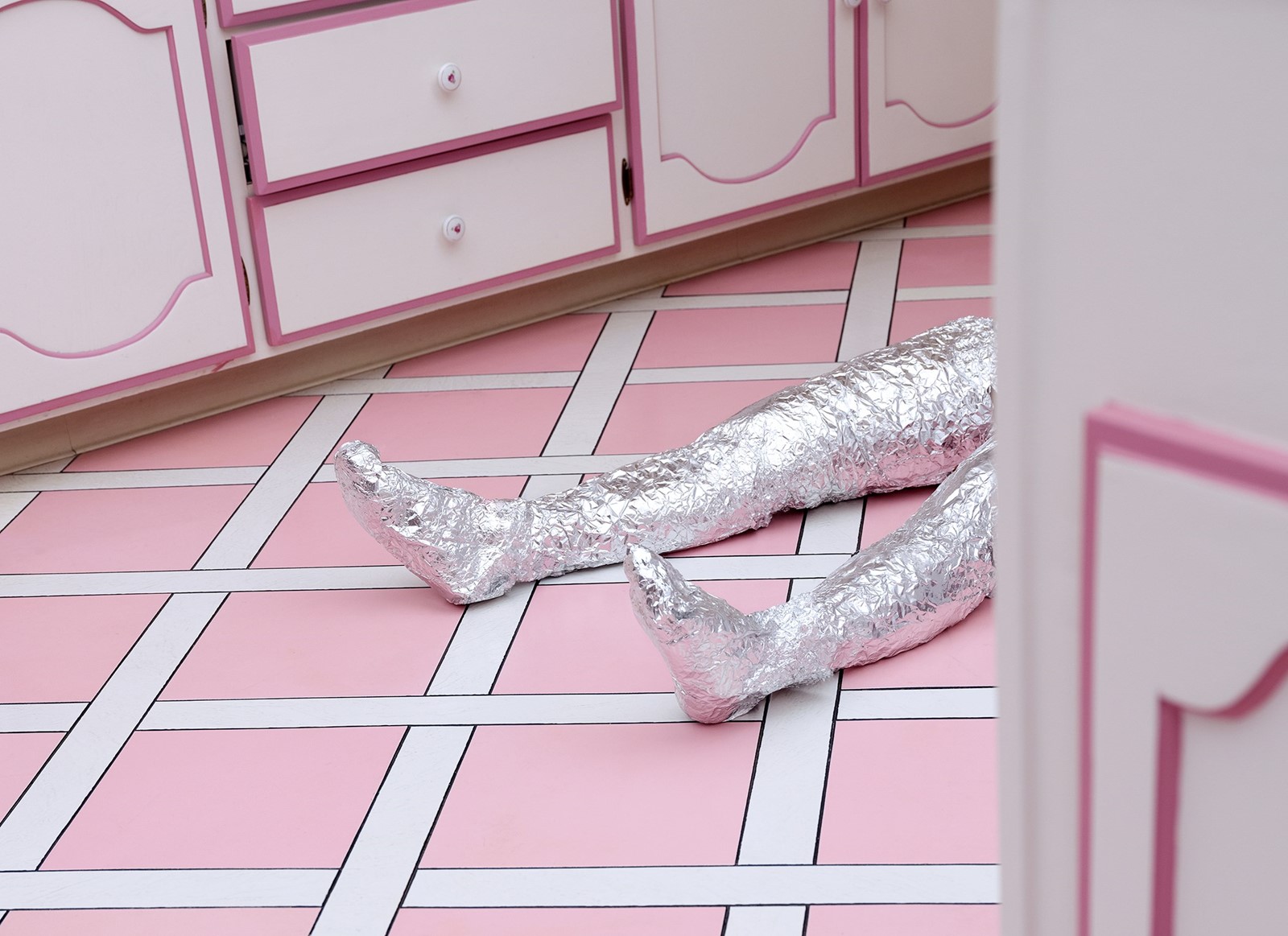
What To Do With a Million Years, is on display until June 23, 2018, at TJ Boulting Gallery, London.
